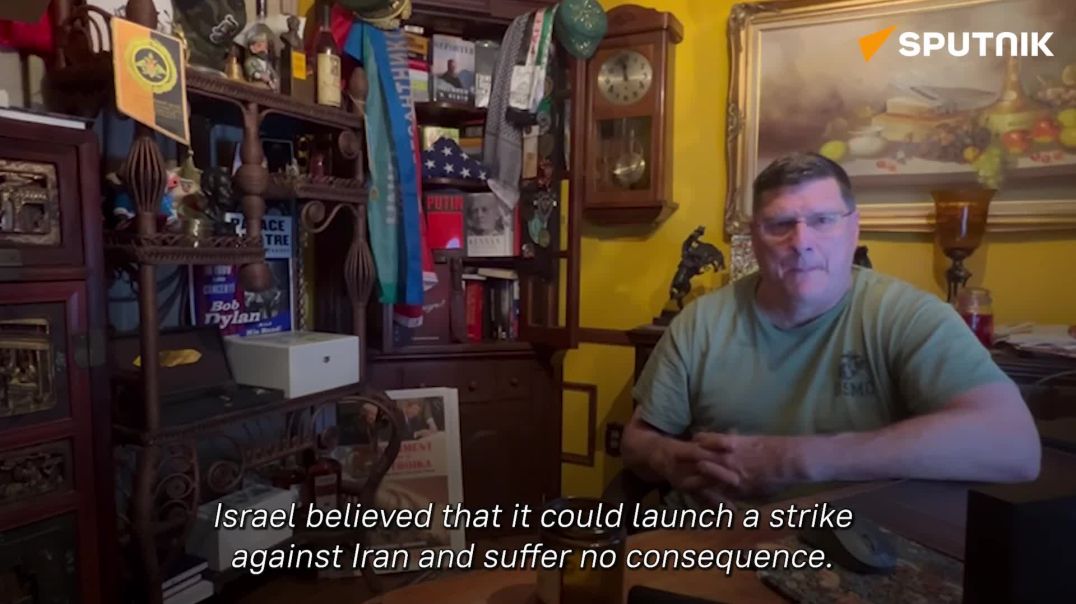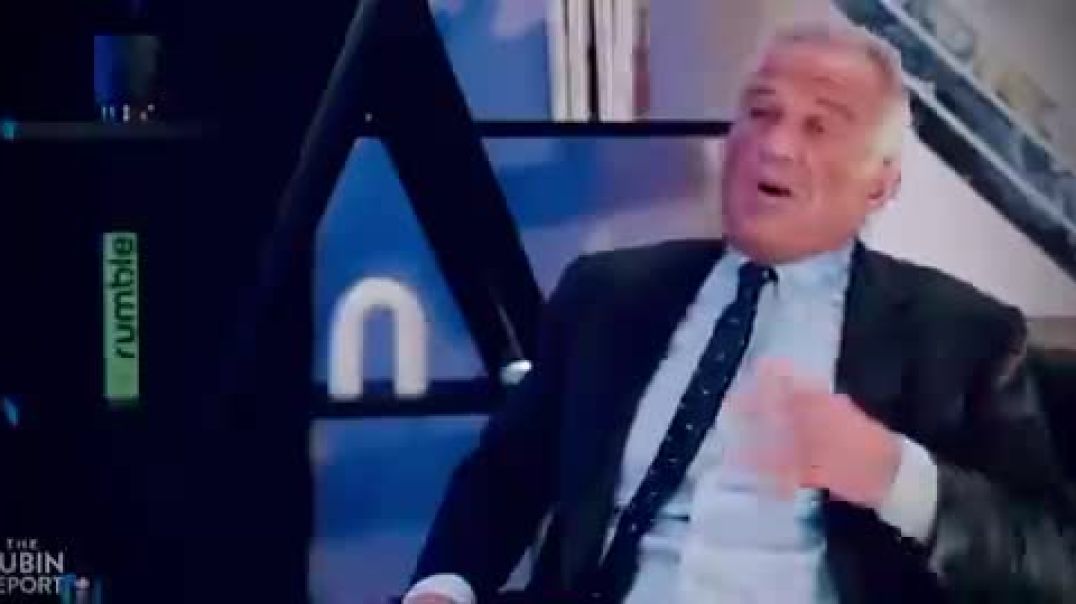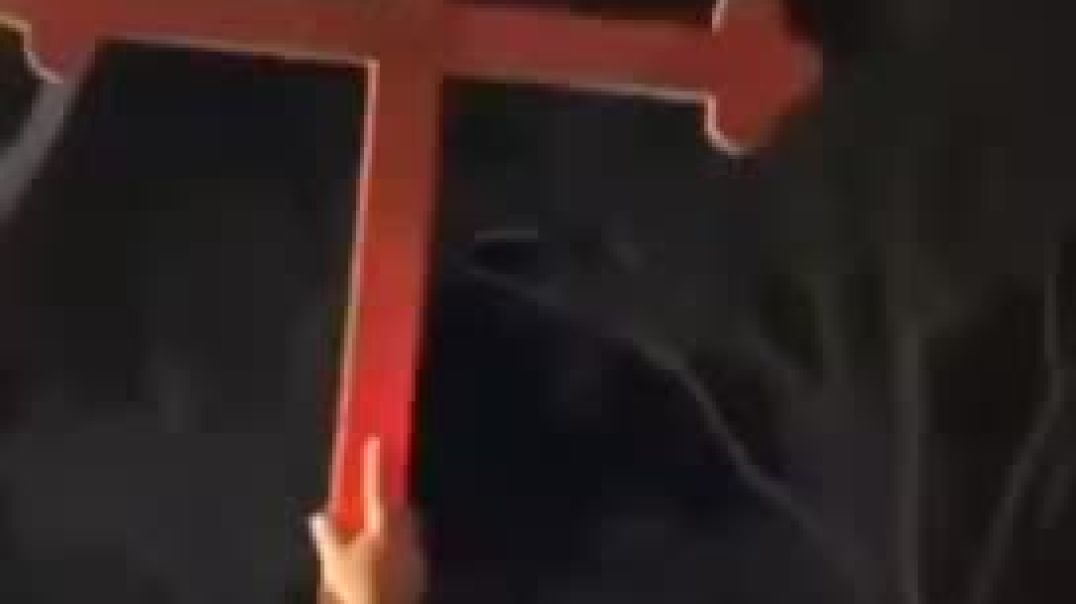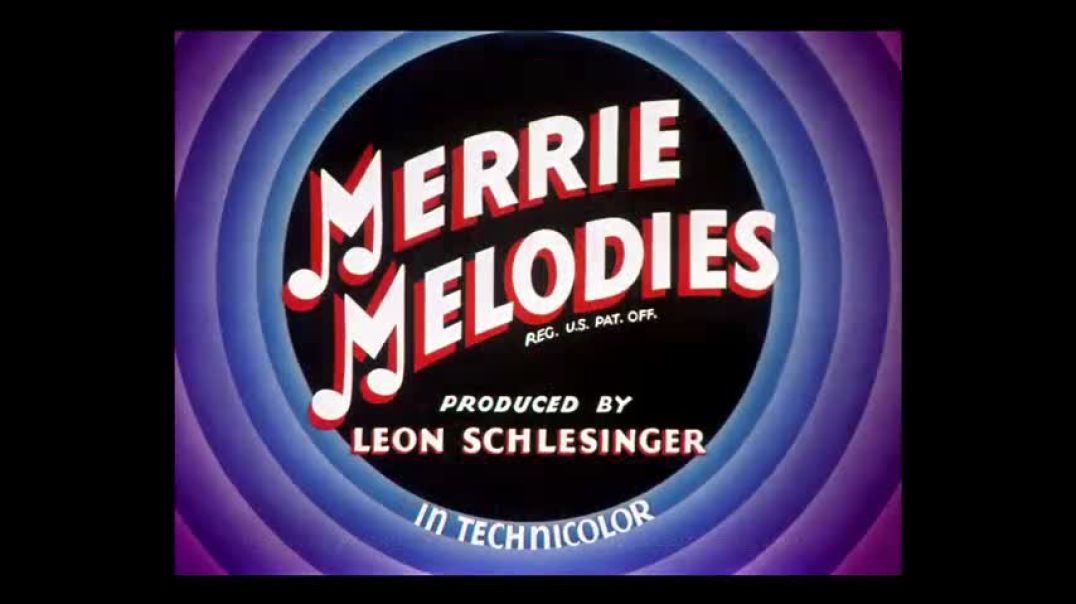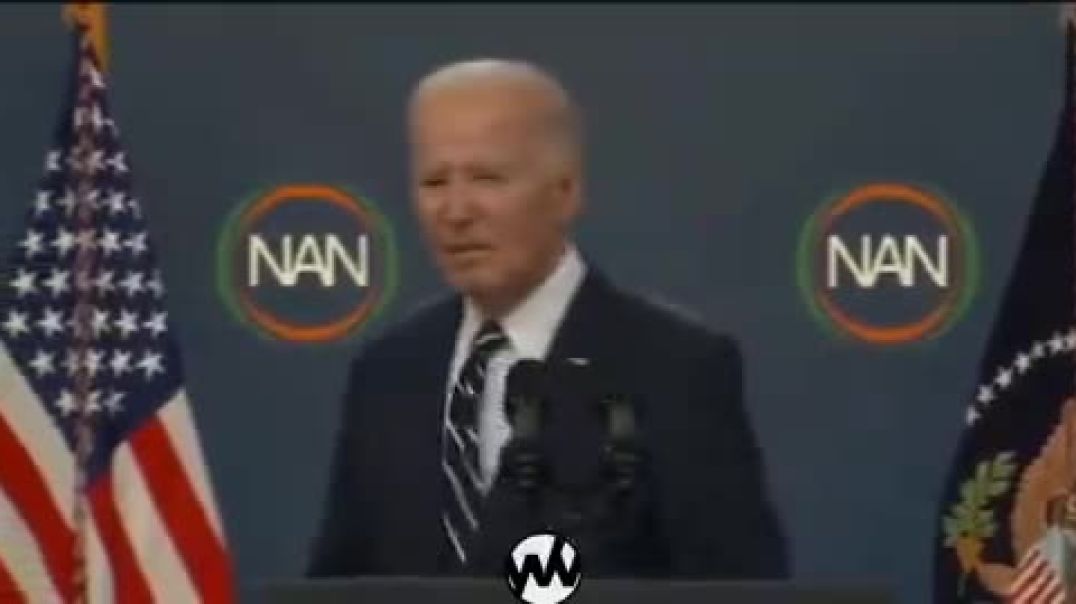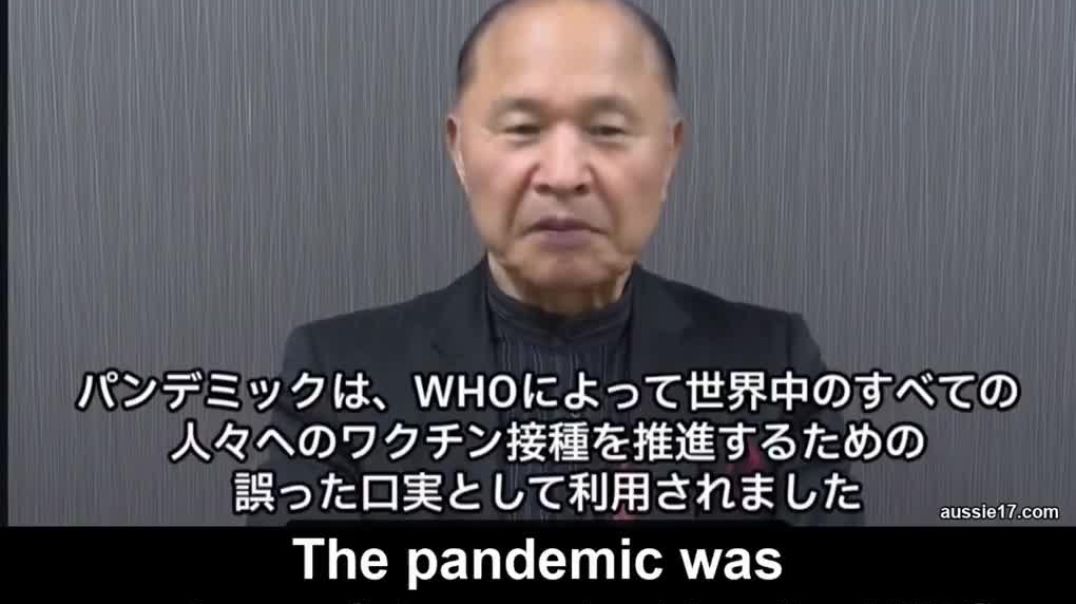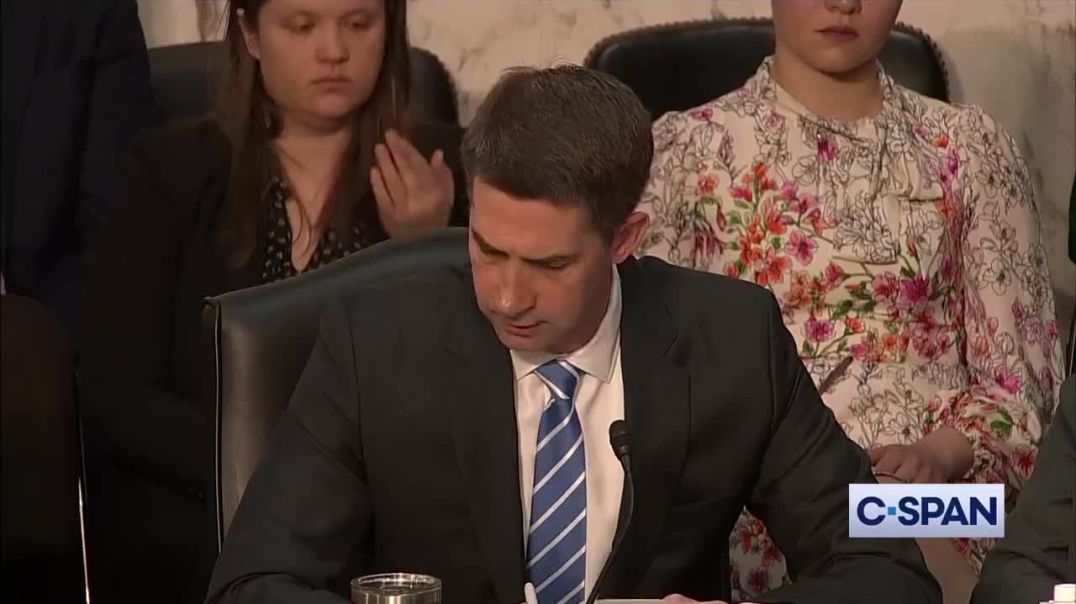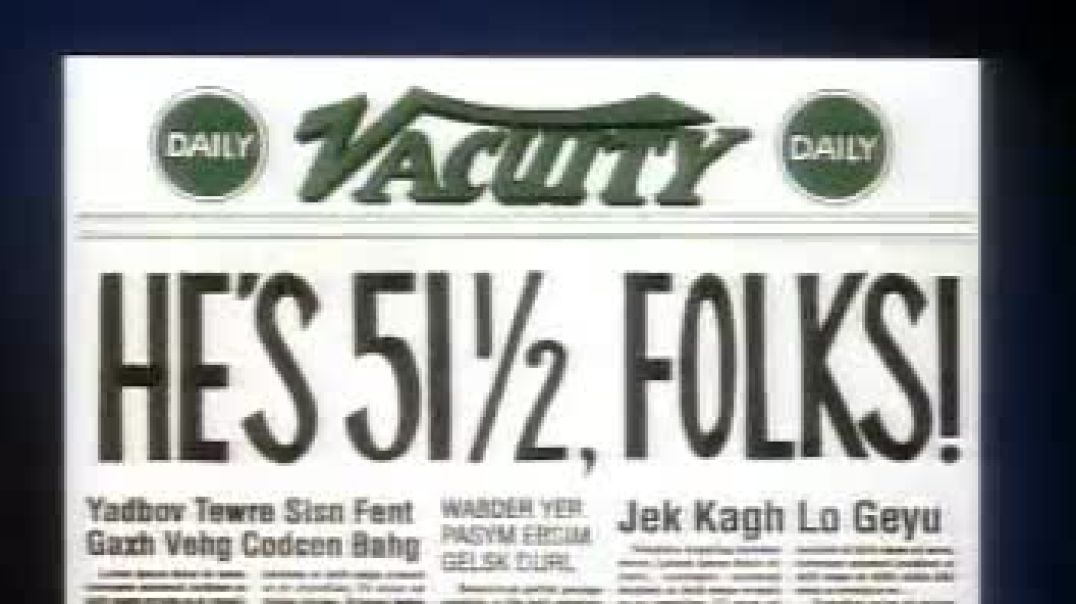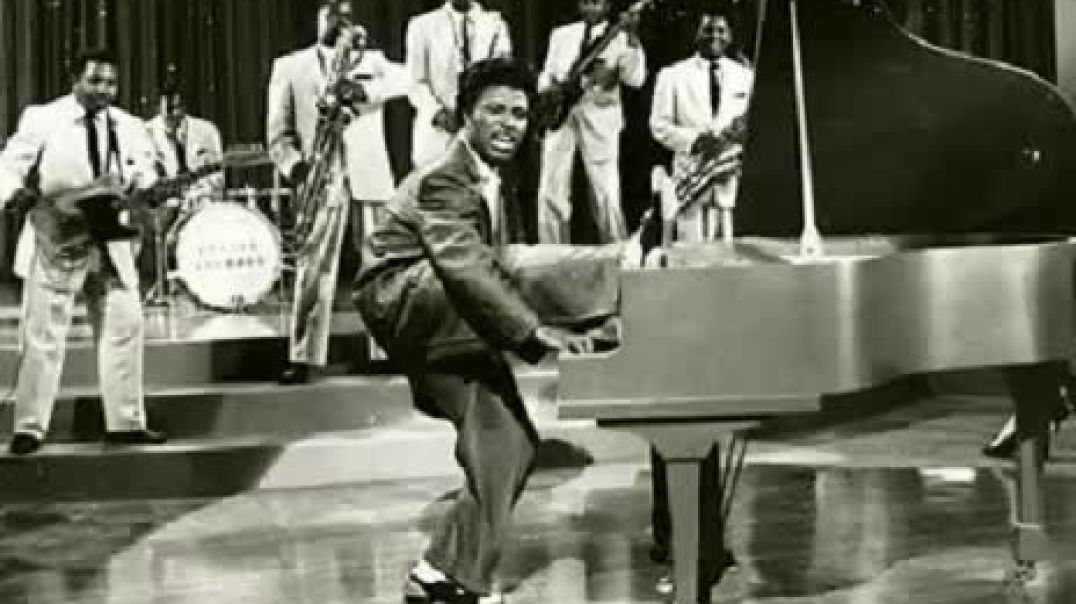Latest videos
The Creator of Telegram Pavel Durov Doesn't Trust any Platform Developed in the US
Israel Believed that it Could Launch a Strike Against Iran and Suffer no Consequence - That is No Lo
Israel believed that it could launch a strike against Iran and suffer no consequence - that is no longer the case.
This is deterrence. This means that in the future, if either Israel or the United States plan on carrying out an action against Iran, they have to weigh in the consequences of their actions knowing that Iran has the capacity to reach out and touch any place, any spot, any target in the region in Israel or out of Israel, and there's nothing anybody could do to stop that. This is why president Biden has been on the phone with Benjamin Netanyahu, the prime minister of Israel, telling him, 'Do not retaliate'.
Operation 'True Promise' was an extraordinarily successful operation, not only for Iran, but indeed for the world, because Iranian deterrence now is a reality that can hold Israel and the United States in check.
RFK. JR PRAISES ELON FOR RELEASING TWITTER FILES: “I WILL ALWAYS LOVE ELON”
"The Twitter files, which Elon Musk voluntarily released, an insane move.
All of his attorneys told him not to do it.
When he bought Twitter he found millions of documents that showed collusion between the White House and Twitter employees on censorship.
Instead of burning them, he invited the last living investigative journalists.
He gave them the documents and told them to do whatever they wanted with them.
I will always love Elon."
Source: The Rubin Report
China is Throwing Away Fields of Electric Cars and EV Bicycles Due to an Absence of Viable Recycling
This video needs way more attention.
China is throwing away fields of electric cars and EV bicycles due to an absence of viable recycling methods.. but no worries, maybe in a couple hundred thousand years mankind will be able to mine lithium there.
Where is Greta and the climate rebellion now to voice their opinions?
ABC's Media Watch has a field day unpacking the media speculation about the Bondi #stabbing assalaint's identity blaming:
1. "Right wing attention seeker" @AviYeminiofficial
2. "Notorious Putin supporter" @AussieCossack
3. "Profilific pro-Palestinian activist" @SyrianGirlPartisan
What a line up.
The Sydney Morning Herald has labelled these people "Christian radicals" because they dared raise the cross on Sydney's streets last night!
Western Sydney is rising..
CLASSIC LOONEY TUNES
THE BEATLES AGAIN TODAY... BUT I NEVER GET TIRED OF THEM. IT'S THE MUSIC OF MY TEENAGE YEARS...
Who voted for this guy ?
Biden’s message to Iran as Israel braces for attack: “Don’t.”
“We are devoted for the defense of Israel. We will support Israel. We will help to defend Israel and Iran will not succeed.”
Biden then shuffles off giving no further information as WW3 hangs in the air. Idiot.
Filmare i luoghi dove visito è il mio hobby, sopratutto quando i luoghi sono pieni di fascino. La città di Dinkelsbühl è bella da vedere personalmente. In 37 minuti di video faccio vedere solo una piccolissima parte del fascino di questa cittadina. Le case filmate sono costruzioni a partire del 1400 dopo Cristo di una bellezza unica. Per sapere di più su questa città allego il link della pagina web.
N.B. Ci tengo a precisare che il video è amatoriale e non ha alcun scopo di lucro.
https://www.dinkelsbuehl.de/de....utsch/alle/startseit
THEY WERE THEFUNNIEST OF THE CLASSIC TOONS.
IF WE PLAY OLDIES, THE BEATLES APPEAR SOONER OR LATER. I HAVE SO MANY BEATLES SONGS, THAT I COULD BE POSTING ONLY BEATLES, ONE SONG PER DAY AND IT WOULD TAKE ALL MY TIME TO THE END OF MY LIFE (AND I'M 76).
Finally, the Victoria Police maybe held accountable for their abuse of the Victorian public during the COVID lockdowns , as Monica’s court case heads to trial.
CHILLY WILLY, ALWAYS FUNNY
OLDIES COME IN DIFFERENT STYLES AND SOME DAYS I FEEL A LITTLE "JAZZY".
The Pandemic was Used as a False Pretext by the WHO to Drive Vaccinations of all Peoples in the Worl
Japanese Professor Delivers Stunning Message Everyone Needs to Hear
“The pandemic was used as a false pretext by the WHO to drive vaccinations of all peoples in the world.”
He says the fraudulent use of “experimental gene therapy to healthy people” was not only an “extreme violation of human rights,” but “the result was the induction of the terrible drug-induced injury that has never [been] seen in human history.”
- Prof Masayasu Inoue, Professor Emeritus of Osaka City University Medical School.
Source: Aussie17's Substack
Do Not Take This Warning by Neil Oliver Lightly
Joe Rogan Drops Theory Explaining Why Most Doctors Are Silent on COVID Vax Injuries and Deaths
NOW - Pentagon chief: "No evidence of genocide" in Gaza.
Said with a straight face to:
Dropping bombs on unarmed civilians, while pretending to go after Hamas (who Israel created and fund and let across their borders on Oct 7 ) to give a pretext to justifying the slaughter of Palestinians,to take their remaining land, could not possibly be considered “ Genocide” but perhaps just ethnic cleansing.
CLASSIC LOONEY TUNES
THERE ARE MANY OLD, LONG FORGOTTEN OLDIES THAT WE HAVEN'T HEARD IN A LONG TIME. THIS IS ONE OF THEM.
Just Over 1 Year Ago, Israel Proposed a Law that Would Make Professing Christianity Illegal, Landing
Just over 1 year ago, Israel proposed a law that would make professing Christianity illegal, landing Christians in prison.
“God’s chosen” don’t ban the Gospel that God chose.
Christians are God’s chosen people.
Christ is King.
Yet some Christians are dumb enough to stand with Israel the false prophets who worship Satan
Not the chosen ones at all.

